India’s architectural heritage is a testament to the ingenuity and artistic vision of its ancient builders. Among the most fascinating structures are stepwells—magnificent water harvesting structures that combine functionality with breathtaking beauty.
These underground marvels served as vital water sources and community gathering spaces, especially in the arid regions of western India. Here is a list of remarkable stepwells across India that showcase exceptional architectural brilliance while serving critical practical purposes.
Rani Ki Vav
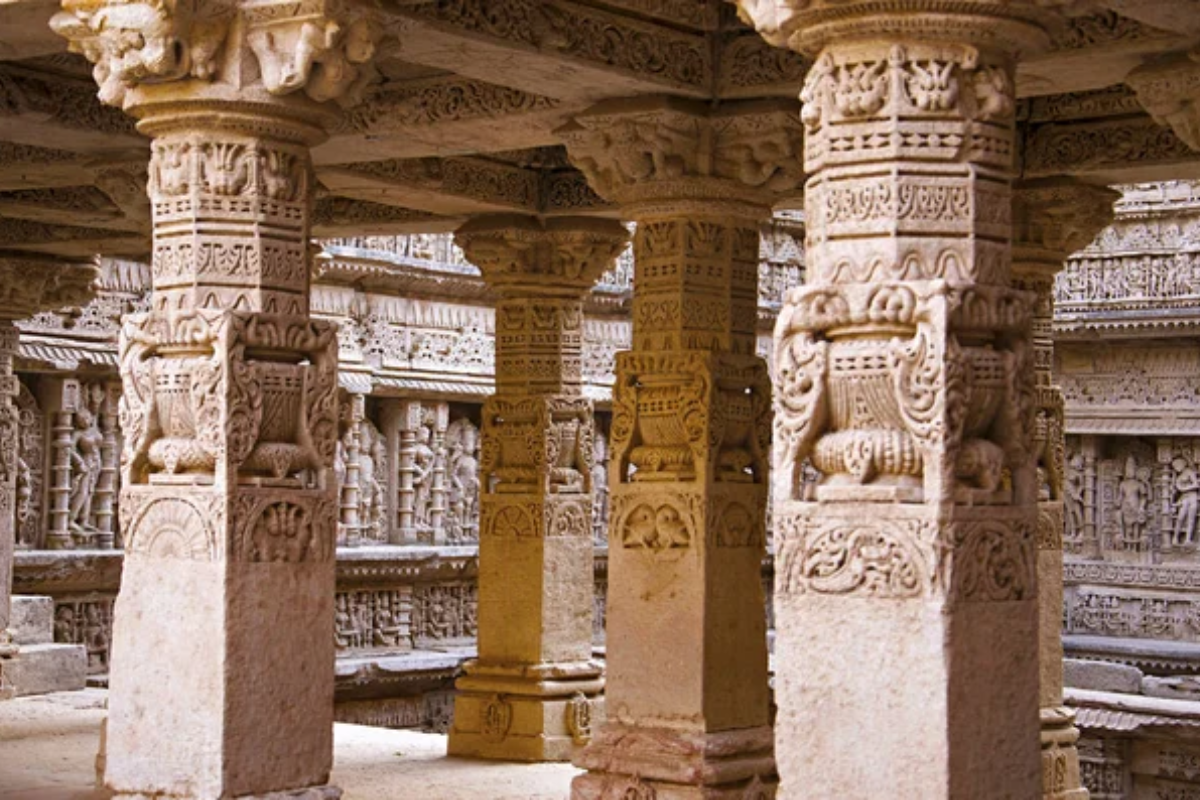
Located in Patan, Gujarat, this UNESCO World Heritage site dates back to the 11th century. The walls feature over 500 principal sculptures and thousands of minor ones depicting religious, mythological, and secular imagery.
Commissioned by Queen Udayamati as a memorial to her husband, this stepwell descends seven stories into the earth, each adorned with intricate carvings.
Chand Baori
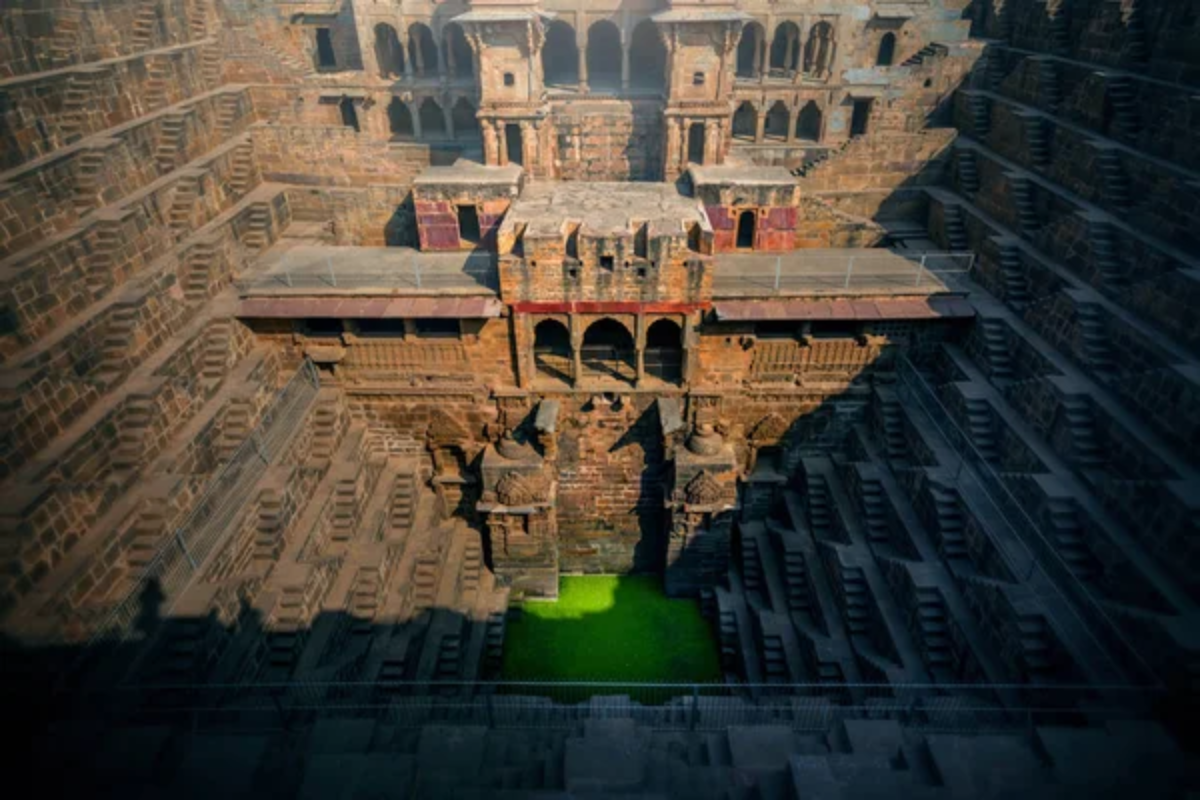
This 13th-century stepwell in Abhaneri, Rajasthan, features 3,500 perfectly symmetrical steps arranged in a geometric pattern that creates mesmerizing visual effects. Descending 13 stories deep, it’s one of India’s deepest and largest stepwells.
The precise mathematical arrangement of steps resembles an inverted pyramid and creates fascinating plays of light and shadow throughout the day.
Like Travel Pug’s content? Follow us on MSN.
Adalaj Ni Vav
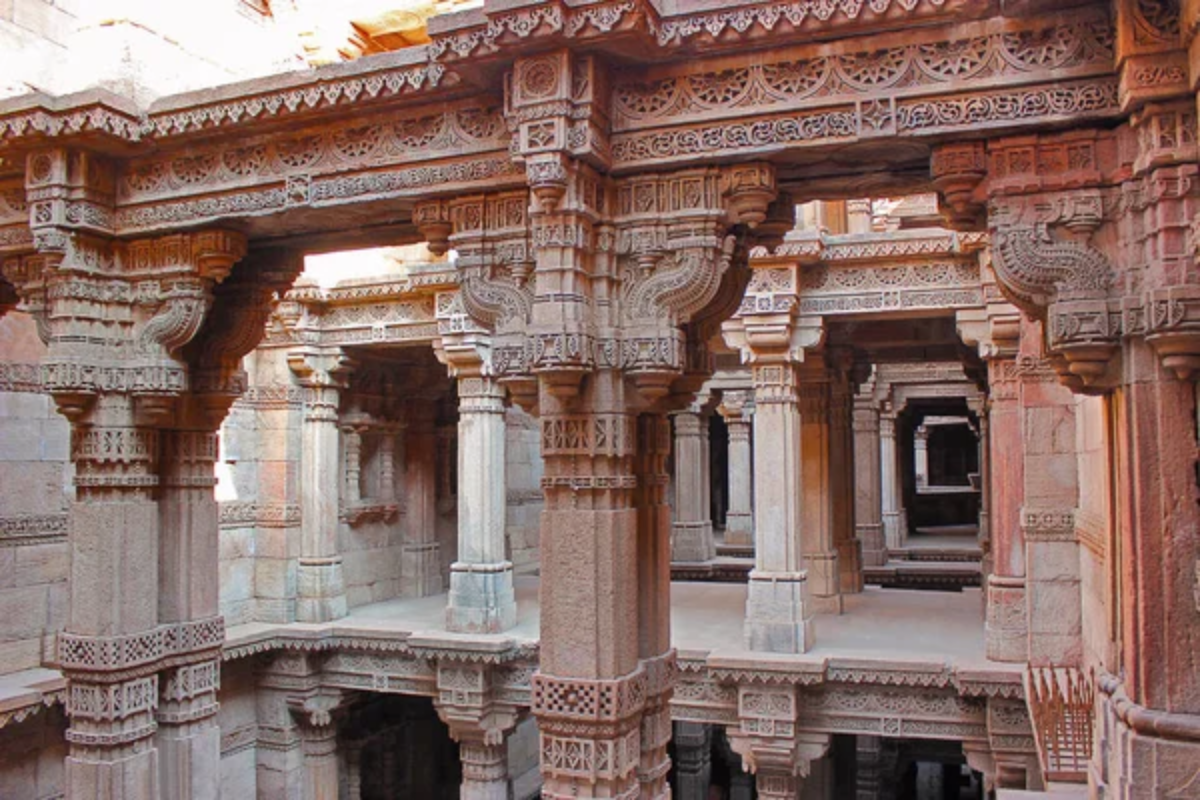
This five-story stepwell near Ahmedabad combines Hindu and Islamic architectural elements, reflecting its unique history. Built in 1499 by Queen Rudabai, its walls are covered with intricate carvings of elephants, flowers, and mythological scenes.
The octagonal shape allows sunlight to filter through in ethereal patterns that change throughout the day.
Agrasen Ki Baoli
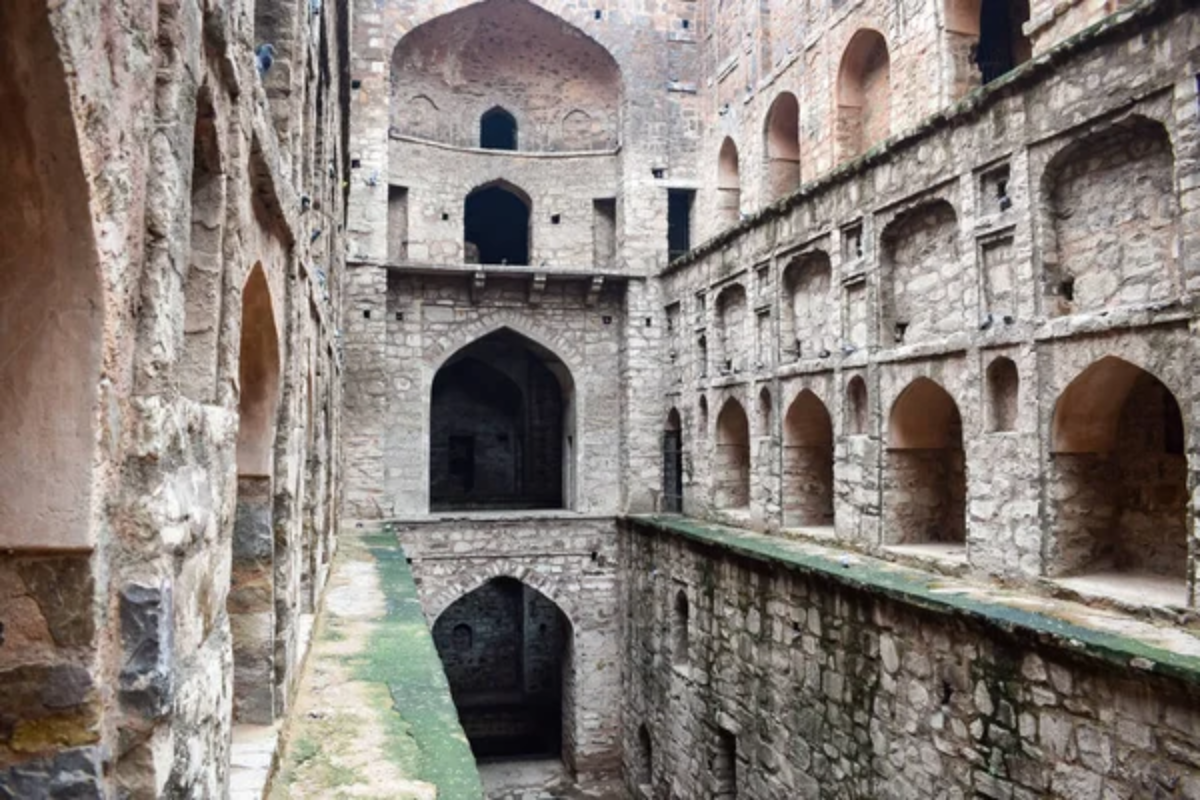
Hidden amid Delhi’s urban landscape, this 14th-century stepwell extends 103 steps down and features three levels of arched chambers. Despite being in the heart of a bustling metropolis, it maintains an atmosphere of serene tranquility.
The dramatic contrast between light and shadow creates an almost supernatural ambiance that has made it a favorite among photographers.
Hampi Pushkarani
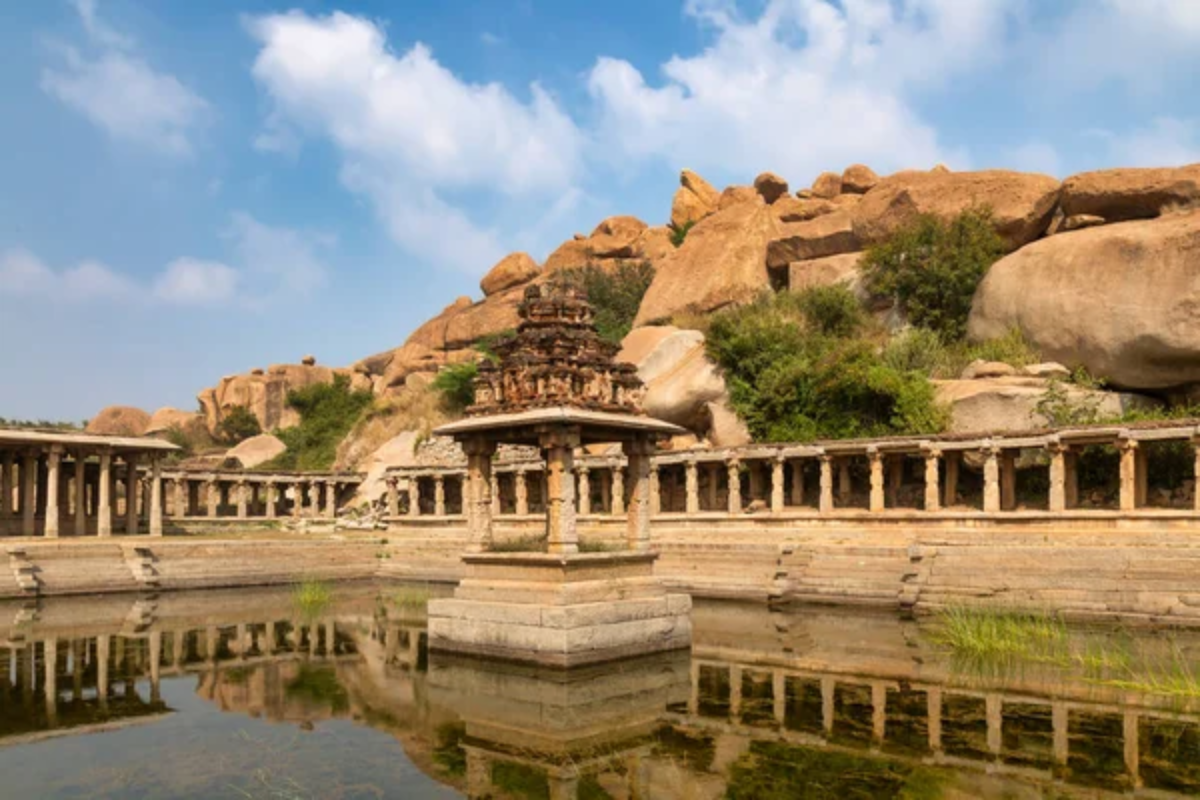
This stepped tank in Karnataka’s ancient Vijayanagara Empire capital features a distinctive stepped design using finely dressed green schist stone. Unlike many other stepwells, Pushkarani has a symmetrical structure with steps on all four sides descending to the water.
The mathematical precision of its construction demonstrates the advanced engineering knowledge of the Vijayanagara builders.
Like Travel Pug’s content? Follow us on MSN.
Rani Ji Ki Baori
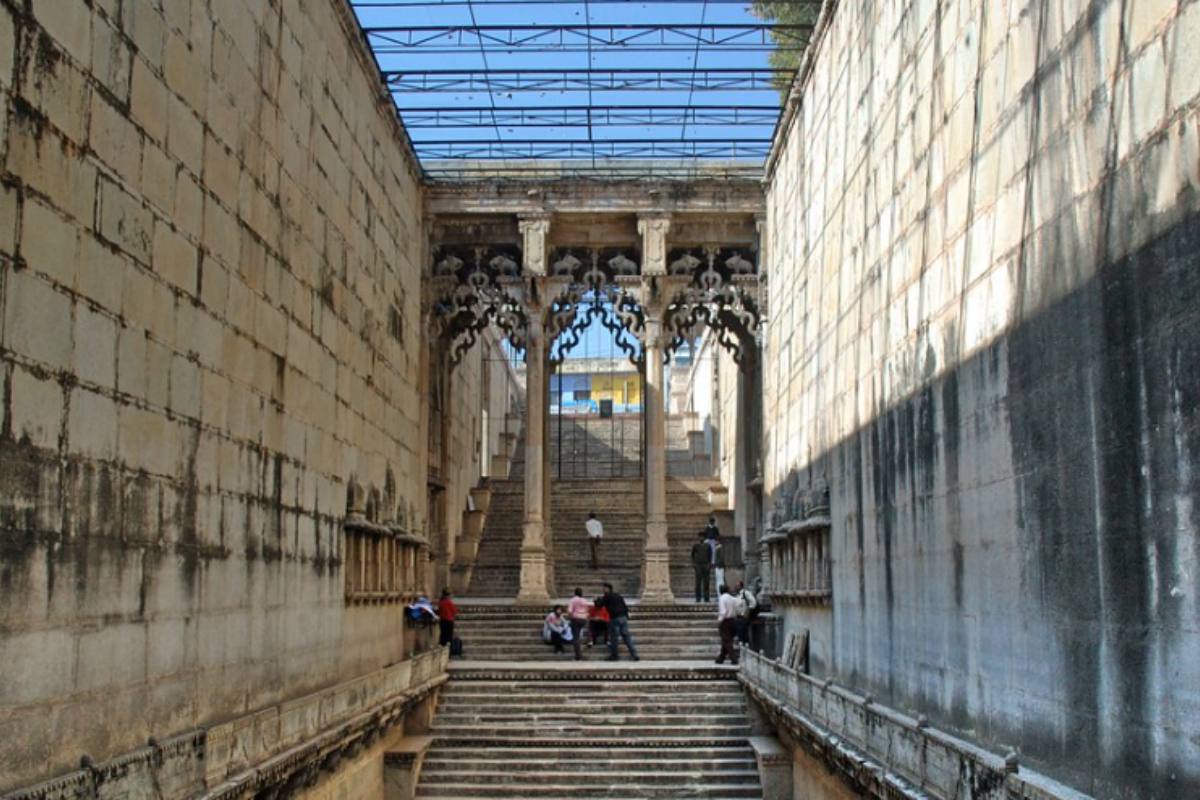
Located in Bundi, Rajasthan, this stepwell was built in 1699 by Rani Nathavati, the younger queen of Rao Raja Anirudh Singh. Its 46-meter depth is accessed by a dramatic set of steps flanked by pillared pavilions and high arched gateways.
The stone carvings include elephants and surasundaris (celestial beauties) that showcase the Rajput architectural style at its finest.
Surya Kund
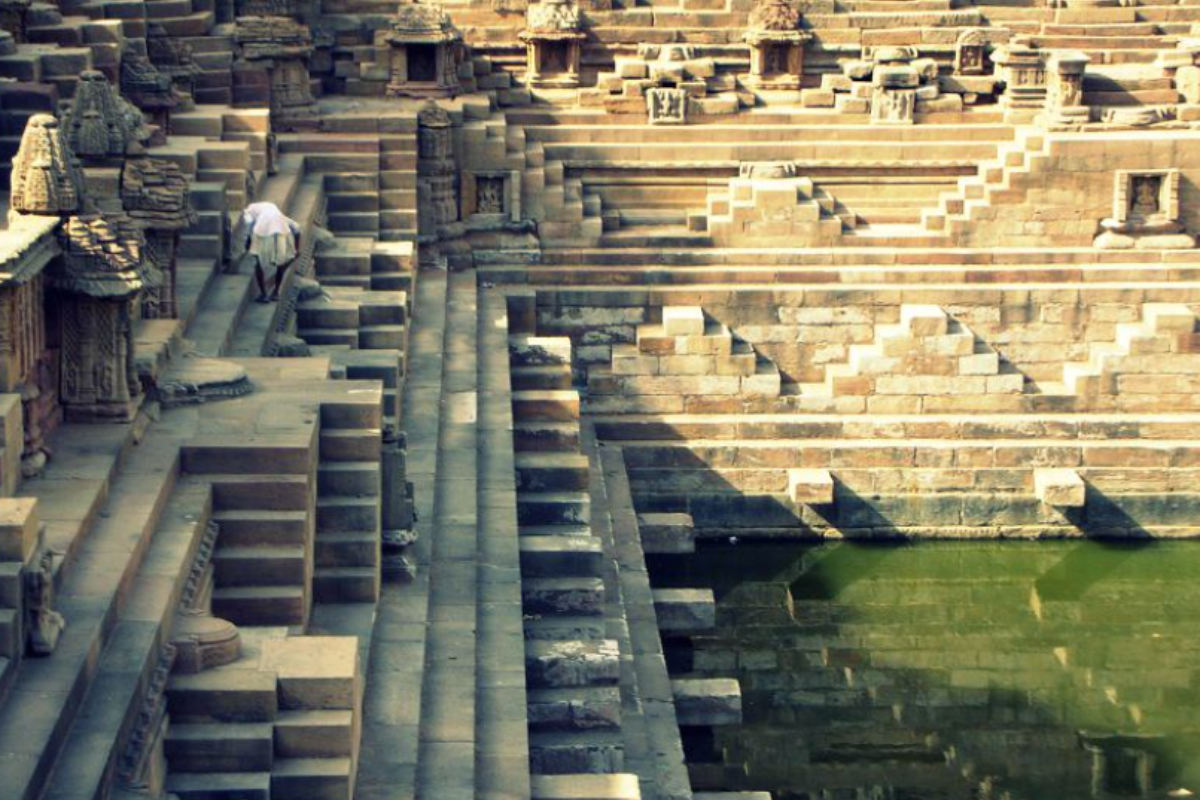
This stepwell at the Modhera Sun Temple complex in Gujarat combines functionality with astronomical significance. The tank features steps on all sides, forming an inverted pyramid leading to the water.
The 108 miniature shrines decorating the steps honor various Hindu deities and align with significant solar positions throughout the year.
Rajaraja’s Stepwell
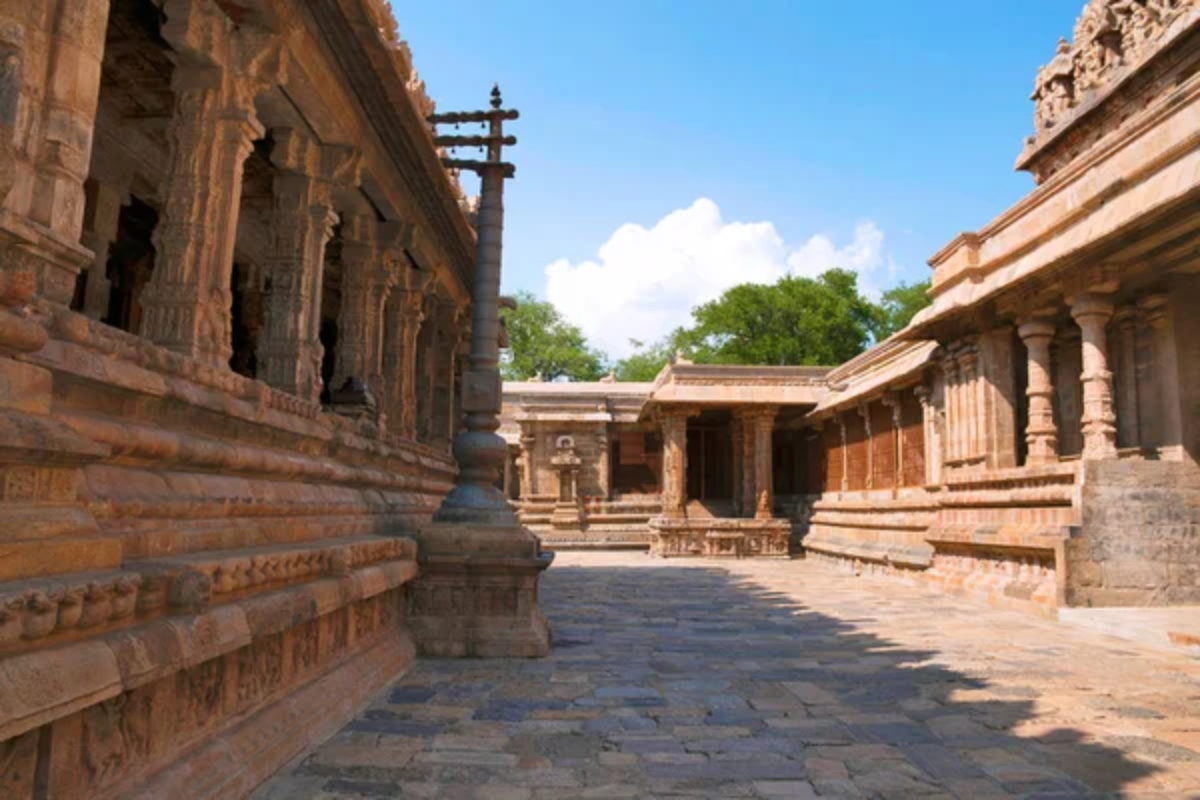
Located in Thanjavur, Tamil Nadu, this southern Indian stepwell demonstrates how the concept adapted to different regional architectural styles. Built during the Chola dynasty, its distinctive feature is the mandapam (pavilion) adjoining the tank with elaborately carved pillars.
The water management system includes sophisticated inlet and outlet channels that maintain water quality.
Like Travel Pug’s content? Follow us on MSN.
Dada Harir Stepwell
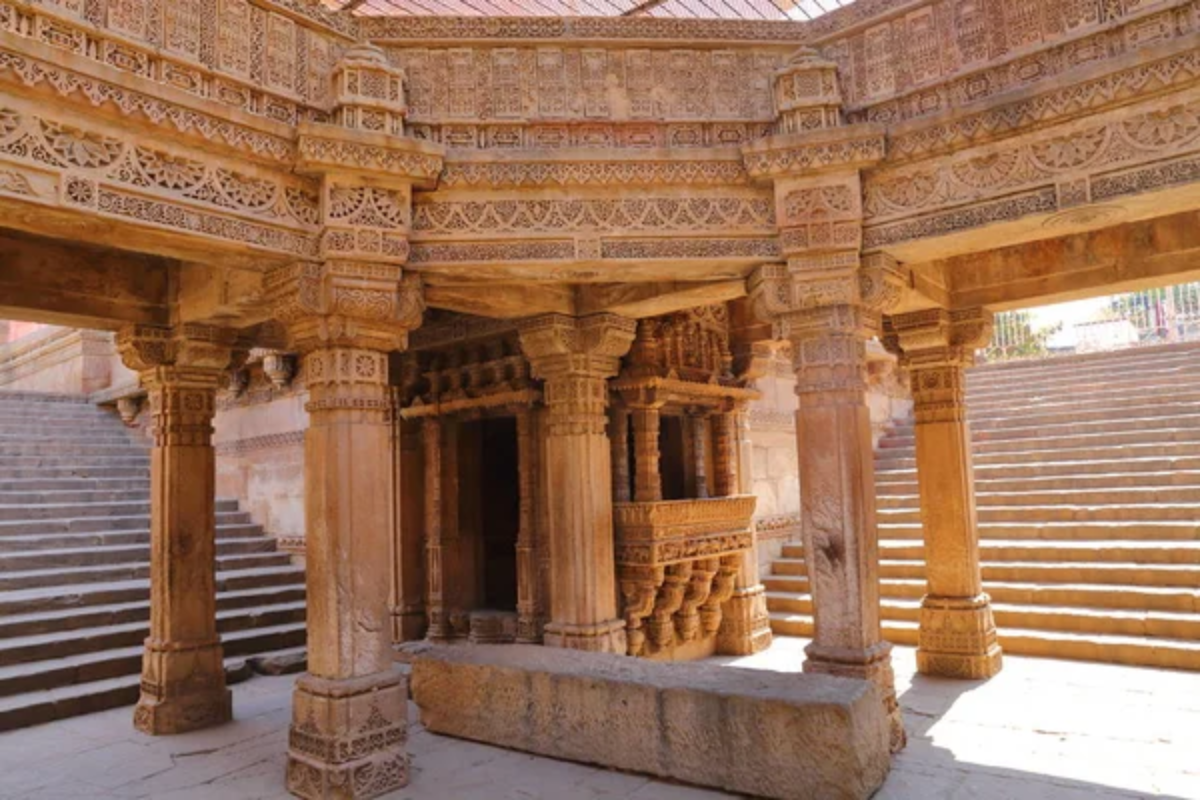
This five-story deep stepwell in Ahmedabad was commissioned by Bai Harir, superintendent of the royal harem under Sultan Mahmud Begada. Constructed in 1499, its walls feature intricate Islamic geometric patterns alongside Hindu iconography.
The central shaft allows sunlight to penetrate all levels, creating a mystical atmosphere in the depths.
Nagda Stepwell
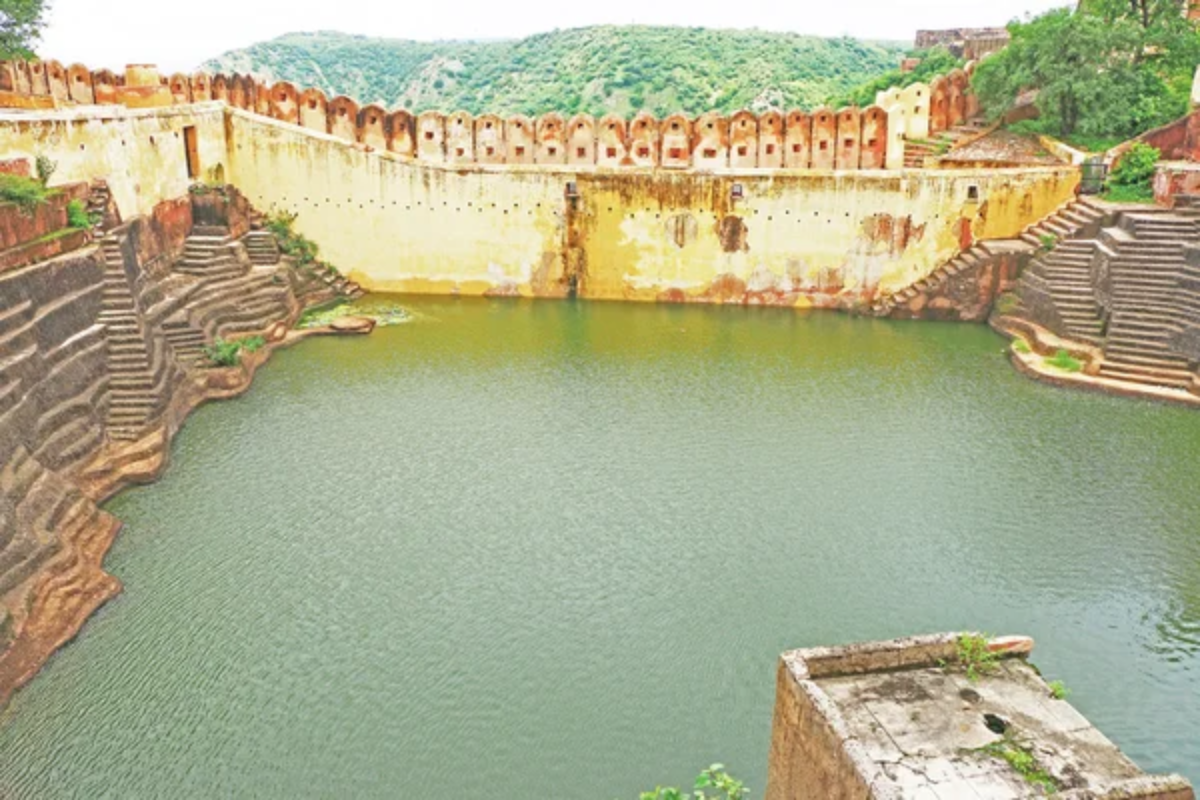
Near Udaipur, this lesser-known gem features unusually decorative pillars and pavilions framing the descent to the water. The carefully proportioned architecture creates perfect reflections in the water on still days.
Despite its smaller size compared to more famous stepwells, the craftsmanship of its stone carving is remarkably detailed.
Raniji Ki Baori
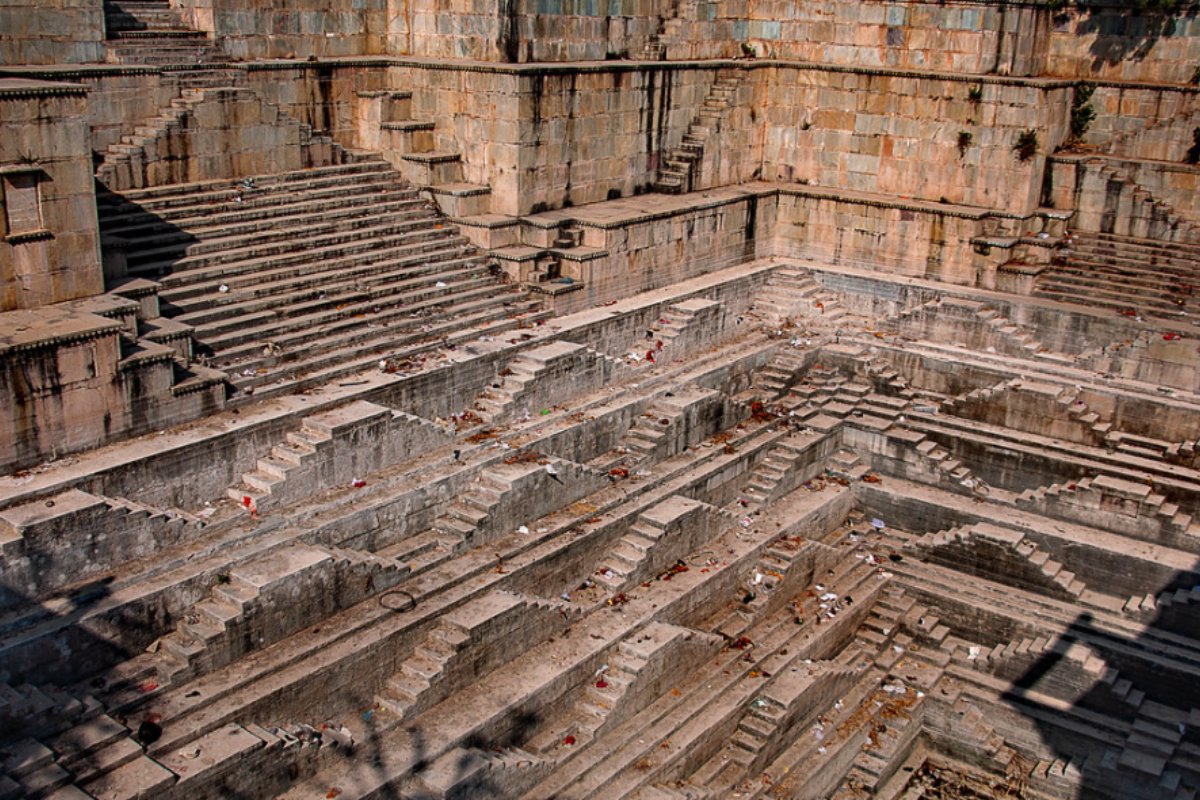
This 46-meter deep stepwell in Neemrana was built by the widow of Maharaja Rajsingh in 1699. Its distinguishing feature is the series of arched verandas and galleries supported by ornate brackets and pillars.
The stepwell includes a small shrine at water level dedicated to Lord Vishnu, emphasizing the sacred nature of water in Indian culture.
Like Travel Pug’s content? Follow us on MSN.
Peralassery Temple Tank

Located in Kerala’s Kannur district, this tank represents how stepwell architecture adapted to the water-rich southern regions. Its square design features steep steps on all four sides leading to a central mandapa (platform).
Unlike the deep stepwells of arid regions, this structure serves more ceremonial and ritualistic purposes than utilitarian ones.
Gandhak Ki Baoli
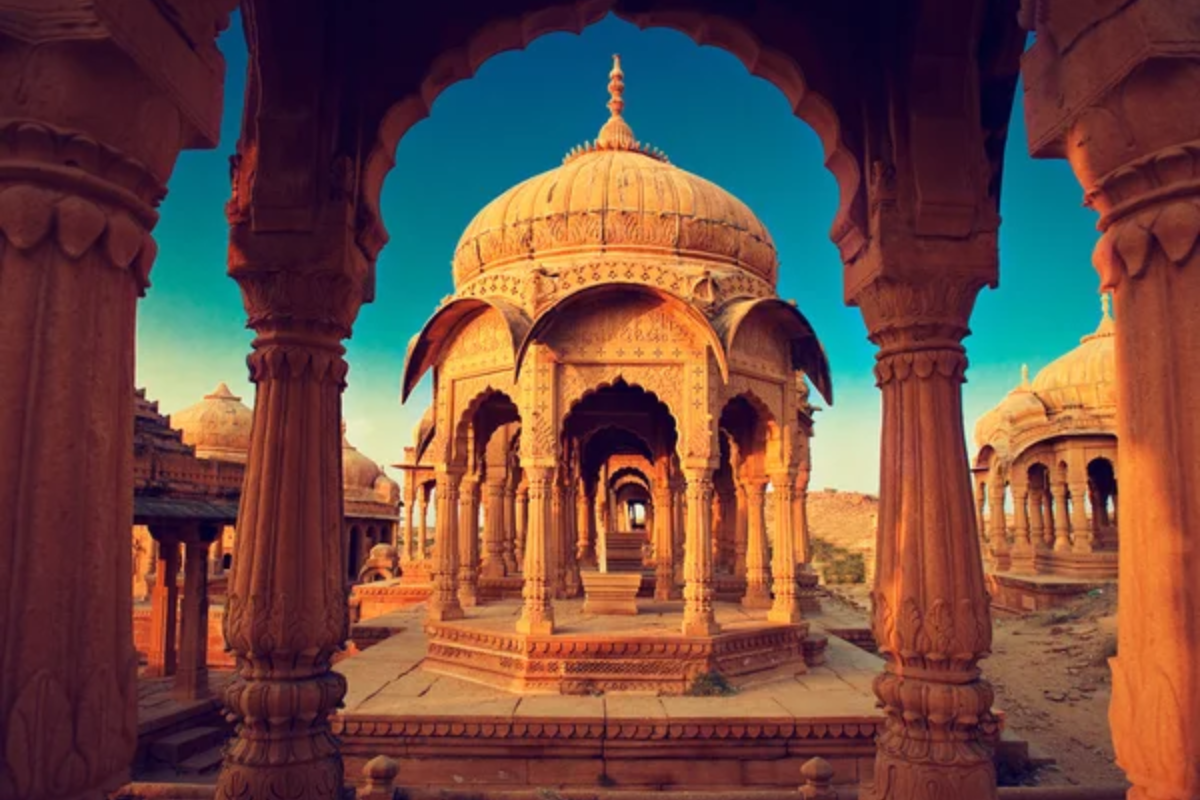
Built in Delhi during the Iltutmish era in the early 13th century, this stepwell gets its name from the slight sulfuric content of its water. The architecture features a main tank with steps leading down to the water on three sides.
Despite its relatively simple design compared to other stepwells, its historical significance as one of Delhi’s oldest water structures makes it noteworthy.
Mitawali Stepwell

Located near the Mitawali temple in Madhya Pradesh, this circular stepwell mimics the unusual circular design of the nearby temple. The concentric circles of steps create a visually stunning spiral pattern descending to the water.
This demonstrates how stepwell designs often complemented or reflected nearby architectural monuments.
Like Travel Pug’s content? Follow us on MSN.
Navlakha Stepwell
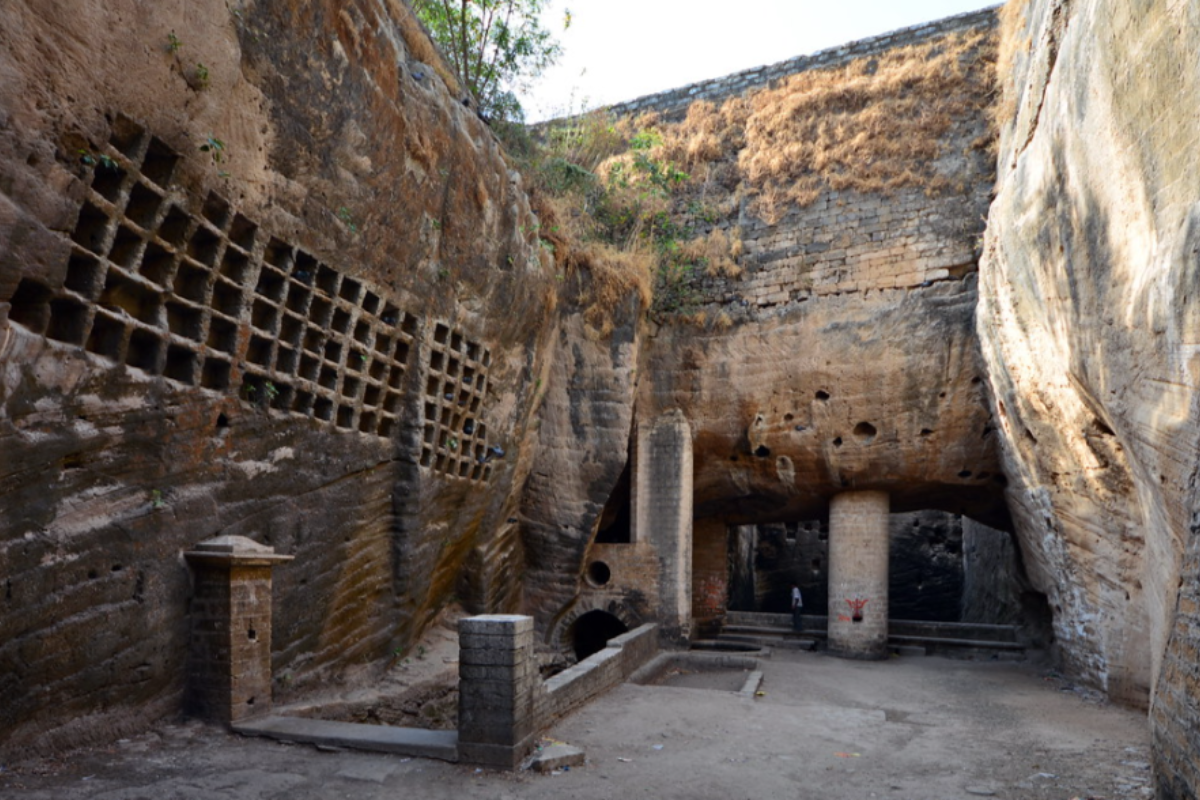
Located in Ghumli, Gujarat, this 11th-century structure features a remarkable fusion of different architectural styles from across western India. Despite significant damage over the centuries, the remaining ornate pillars and carved panels showcase exceptional craftsmanship.
The name “Navlakha” refers to the nine lakh (900,000) rupees purportedly spent on its construction.
Batris Kotha
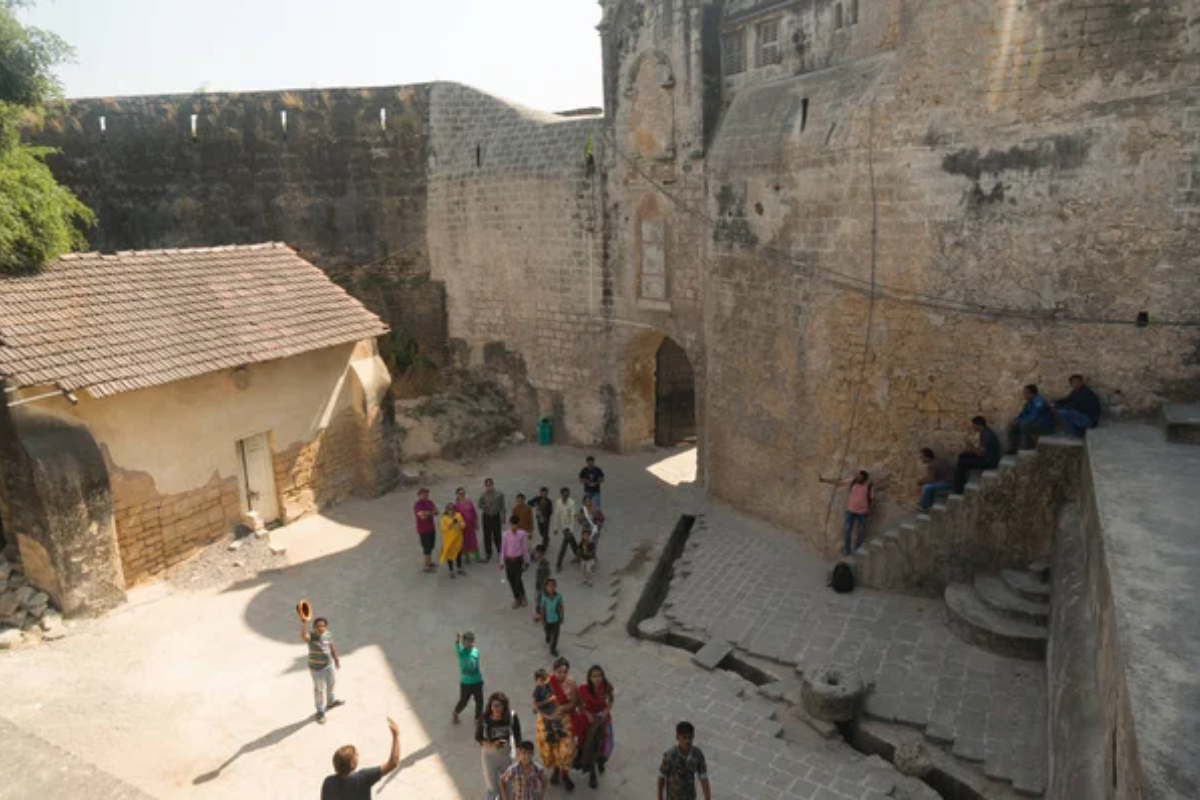
Found in Kapadvanj, Gujarat, this stepwell’s name translates to “32 houses,” referring to the numerous pavilions and chambers built into its walls. The complex architectural layout includes multiple levels of galleries surrounding a central shaft.
These galleries once served as cool retreats during summer months for the local community.
Helical Vav
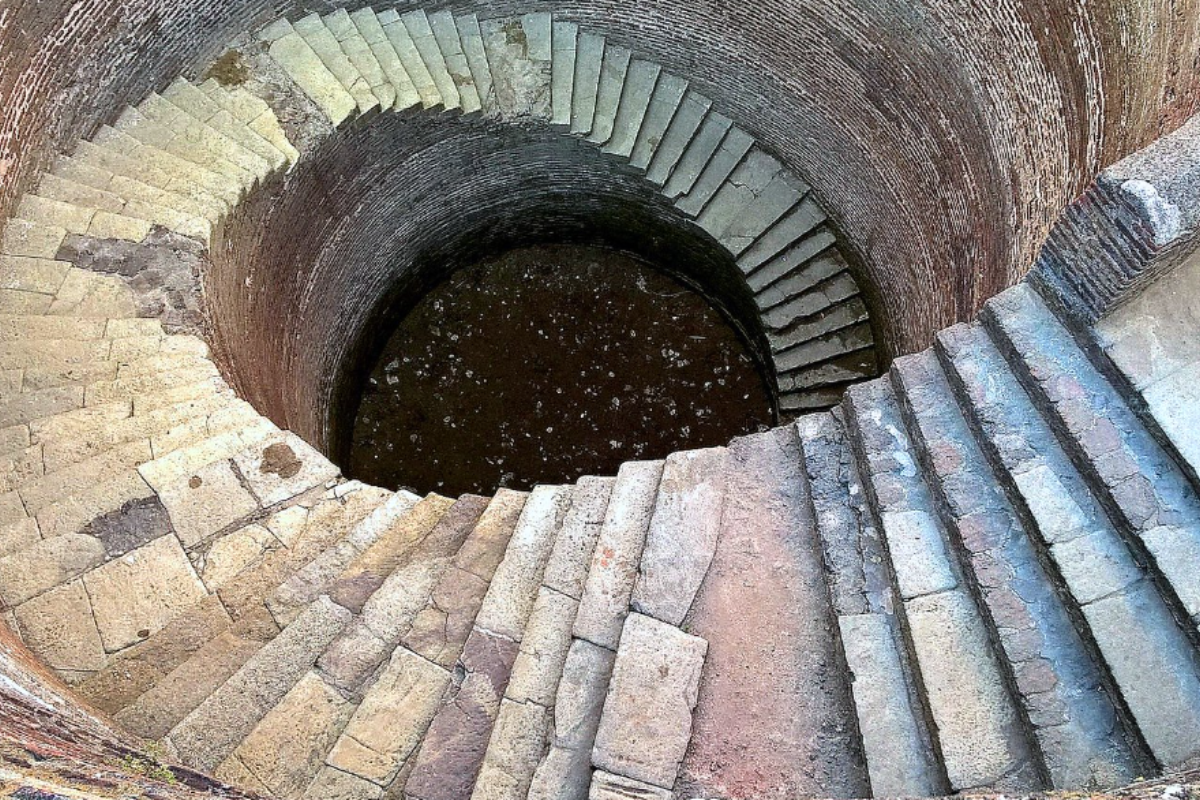
Located at Champaner-Pavagadh Archaeological Park in Gujarat, this uniquely designed stepwell features a spiral staircase winding around a central shaft. Unlike the straight designs of most stepwells, this helical pattern creates a continuous, gradual descent to the water.
The innovative design demonstrates the experimental nature of stepwell architecture.
Like Travel Pug’s content? Follow us on MSN.
Ujala Baoli
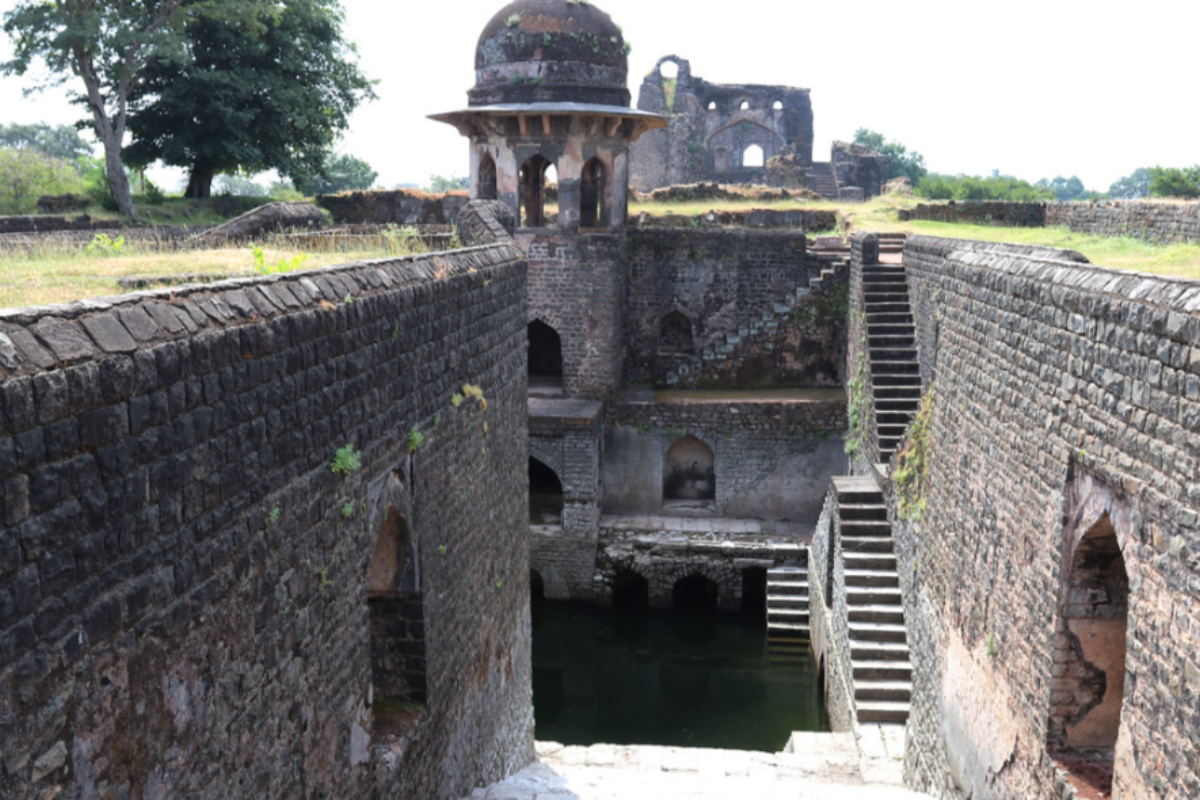
This stepwell in Mandu, Madhya Pradesh, is part of a larger water management system in what was once a fortified city. The name “Ujala” means brightness, referring to the well-lit design that allows ample sunlight to reach the water level.
The structure incorporates both Hindu and Islamic architectural elements, reflecting the syncretic culture of medieval Mandu.
Water Wisdom For The Ages
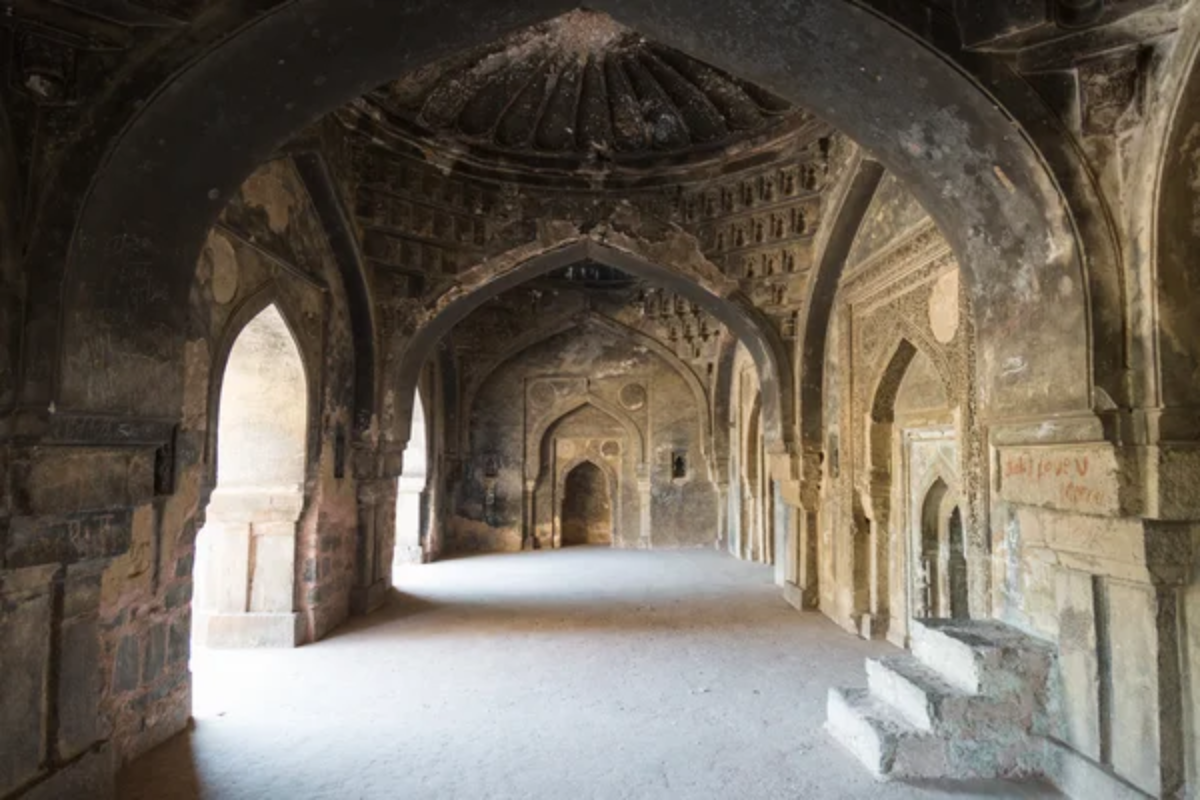
These magnificent structures represent more than architectural achievements—they embody ancient India’s sophisticated understanding of water conservation and community planning. As climate change brings water scarcity issues to the forefront globally, these centuries-old innovations offer valuable lessons about sustainable resource management.
The revival of interest in stepwells has led to preservation efforts that ensure these architectural marvels will continue to inspire future generations with their beauty and ingenuity.
More from Travel Pug

- 20 Destinations That Were Once Thriving but Are Now Quietly Disappearing
- 15 Hidden Spots in Disney World’s Magic Kingdom Most Visitors Miss
- 20 Once-Popular Beach Towns That Are Now Ghostly Empty
- 20 Beautiful US Lakefront Towns Where You Can Live for Under $2000 a Month
- 20 Caribbean Islands That Are Safer Than People Think
Like Travel Pug’s content? Follow us on MSN.
